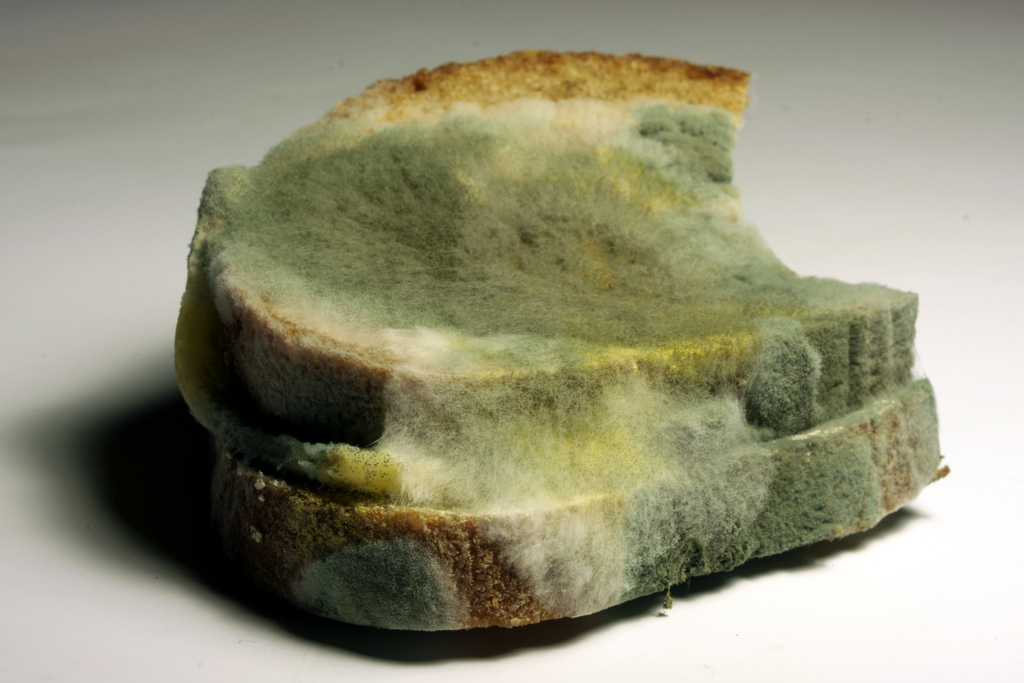Hormone-based pregnancy test from the 1960s and 70s associated with FIVE times increased risk of birth defects, according to research
03/26/2019 / By Jhoanna Robinson

A pregnancy test from the 1960s and the 1970s could have caused serious birth defects to the children of the pregnant women who used it, new research suggests. The pregnancy test, which is called Primodos, could possibly have been prescribed to 1.5 million women in the U.K. According to earlier studies, it increased the danger of having a disabled child by five times.
The study was done after a recent review concluded that there was scientific evidence that did “not support a causal association” between taking hormonal pregnancy tests and birth defects or miscarriage. Critics called the review, which was done by the Commission on Human Medicines, a “whitewash,” claiming the technical working group did not assess all of the available evidence regarding the use of the said drugs.
On Primodos
Primodos works by causing a fast increase in progesterone levels, which further results in small spotting-like bleeding in women who are not pregnant. Because pregnant women are said to have higher amounts of progesterone, there was the assumption that these excess hormone levels would be balanced out in expecting mothers.
Primodos is linked to the incidents of infants’ livers not being able to develop fully because of the excess progesterone.
“It’s vital we take concerns such as these seriously. That’s why we’ve asked the Medicines and Healthcare Products Regulatory Agency to conduct a thorough scientific review of the evidence,” said Health Minister Lord O’ Shaughnessy said in May 2017.
Professor Bill Inman, who created the Drug Research Safety Unit, conducted research in 1975 that illustrated the gravity of Primodos’ risks. However, these findings were only submitted to the drug’s manufacturer, Berlin, Germany-based Schering AG, and was not blown out in public.
The study also showed that the hormone pills were never properly tested before they were sold in the market. (Related: Hormone-based pregnancy test prescribed by doctors caused horrific birth defects… huge cover-up.)
More on pregnancy tests
There are two types of pregnancy tests: those that use a urine sample and those that use a blood sample. Both tests look for the presence of the hormone called human chorionic gonadotropin (hCG). This hormone is made by the placenta after the embryo is formed in the uterine lining and builds up rapidly in a woman’s body during the first few days of pregnancy.
Urine tests can either be performed at your house or in a clinic. A woman collects her urine in a cup and dips a stick into the urine. Another way to do a urine test is to place a stick to catch one’s urine midstream.
Blood tests, on the other hand, have two types: a quantitative blood test finds out the exact amount of hCG in the blood, while a qualitative hCG blood test just identifies whether one is pregnant or not.
For more stories regarding pregnancy and reproduction, visit WomensHealth.news.
Sources include:
Tagged Under: Birth defects, blood tests, children's health, estrogen, gestation period, hormone levels, pregnancy, pregnant women, pregnany tests, Primodos, progesterone, urine tests, women's health



















